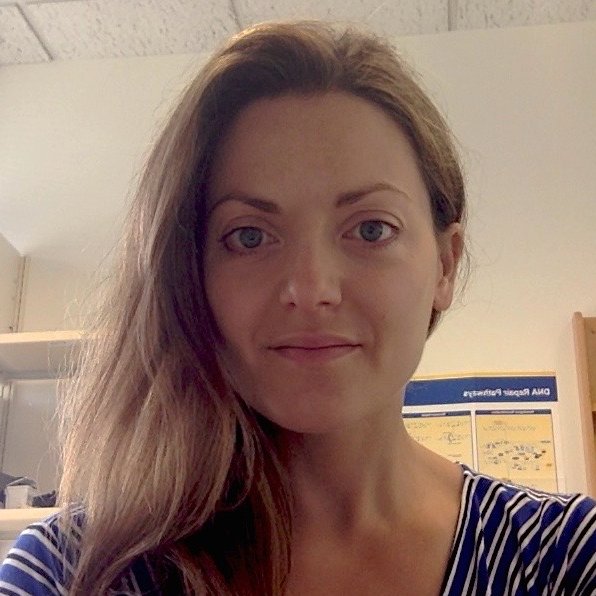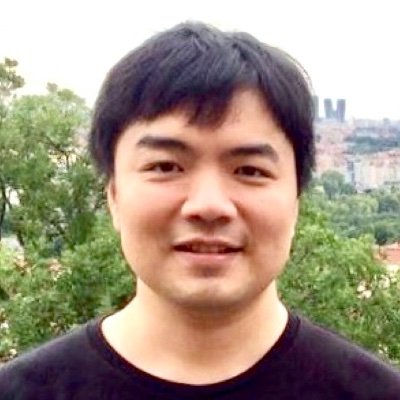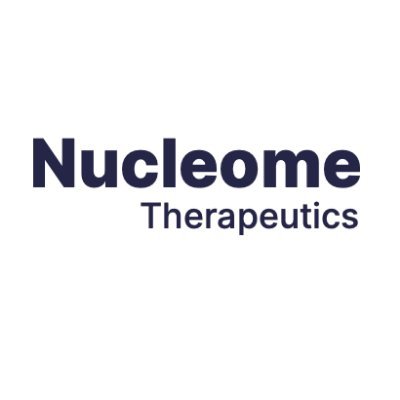
James Davies
@jojdavies
Followers
813
Following
314
Media
21
Statuses
254
Scientist & Doctor @jdavieslab @UniofOxford: 3D genome, genome editing, bioinformatics, bone marrow transplantation, critical care medicine, founder @NucleomeTx
Oxford, England
Joined April 2009
Our latest paper has just been published in Cell! https://t.co/5iAl1EaGEJ We developed a new method called MCC ultra, which allows 3D chromatin structure to be visualised with a 1 base pair pixel size.
7
14
50
Finally, we propose a model in which chromatin is self-organising based on histone acetylation and nucleosome depletion. We hypothesise that active cis-regulatory elements may contact one another at or above a layer of acetylated nucleosomes.
0
0
2
We then collaborated with Lothar Schermelleh to undertake super-resolution microscopy of chromatin acetylation. In keeping with his previous work we find that histone acetylation maps to regions of chromatin that are adjacent to the interchromatin compartment.
1
0
1
And histone acetylation drive the formation of the nanoscale domains we see in the MCC data. This leads us to conclude that the biophysical properties of chromatin, particularly nucleosome depletion and histone acetylation, drive fine scale structure.
1
0
1
In collaboration with Rosana Collepardo-Guevara who has develops a chemically specific molecular dynamic simulation of the physicochemical properties of chromatin, we constructed an MD simulation of the Myc promoter that closely matches the MCC data.
1
0
2
However, at other enhancers only the intricate structure of the nucleosome depleted region changes. From this we conclude that nucleosome depletion itself is a major driver of long-range contacts.
1
0
1
At some sites SOX2 depletion causes complete collapse of the nucleosome depleted region at the enhancer and loss of all contacts.
1
0
1
In collaboration with Rob Klose and Elzo de Wit, we explored the role of depletion of the mediator complex components (MED14, MED13 and MED1) and transcription factors (SOX2 and NANOG).
1
0
2
We are able to map specific structures within the nucleosome depleted regions at regulatory elements that are driven by transcription factors.
1
0
2
Between nucleosome depleted regions we see nanoscale domains, that appear similar to TADs but are approximately 100- to 1000-fold smaller
1
0
1
Thrilled that our paper is finally in press @ScienceMagazine!! *Platelets sequester cell free DNA, including free fetal and tumour-derived DNA* Tweetorial from @l_cmurphy below. Check out the news feature https://t.co/r1bXqfpPSU and terrific editorial from Dennis Lo
science.org
The cells could be a new source of tumor DNA for liquid biopsies
🚨 New paper alert! 🚨 I’m thrilled and proud to share that our latest work has just been published in @ScienceMagazine! 🎉 🧽 📖 Read our paper here: https://t.co/CvYSNq2nHj 🎬 Watch a summary: https://t.co/qvuZR3reTj 🧵 Or keep reading for the key points! 🔑 1/19
25
42
168
🚨🚨Paper out! 🚨🚨 Delighted to share our work, now published in @NatureGenet 🧬! https://t.co/7KJpQBsLWq We identified a targetable, chromothripsis-associated genetic event in blast phase (BP) MPN, a particularly poor prognostic subtype of acute leukaemia. 1/n 🧵👇
21
45
133
What protects individuals from developing blood cancers? Thrilled to share my work in @bloodgenes lab, describing inherited resilience protecting blood stem cells from clonal hematopoiesis by modifying RNA regulation. 🧵👇(1/n) https://t.co/PNaCHa4D4k
3
38
92
Very proud of this product of @irdirc N=1 task force with collaborators also from ASO field @N1Collaborative @n_lorem The state-of-the-art of N-of-1 therapies and the IRDiRC N-of-1 development roadmap | Nature Reviews Drug Discovery
nature.com
Nature Reviews Drug Discovery - A very small number of people with rare diseases caused by unique genetic variants have been treated with therapies developed specifically for them, known as N-of-1...
0
2
13
Delighted to see this great News & Views article written by @jrmmhughes and @jojdavies on our recent GAGE-seq paper @NatureGenet -- Single-cell technologies meet Hi-C. A fantastic read!
nature.com
Nature Genetics - A new single-cell multiomic technique, GAGE-seq, pushes the frontier of single-cell 4D genome analysis by enabling analysis of rare cell populations in complex tissues.
0
23
127
Delighted that Nucleome is showcased as one of the 50 companies in @PwC_UK’s 'Life Sciences Future 50' report, illustrating the world-class science and innovation being led by the UK’s life sciences sector. Read the report here: https://t.co/wHntsDAkeZ
0
6
9
Remarkable to see that our discoveries over 15 years ago would enable such tremendous advances for sickle cell disease and thalassemia!!! Incredible to think that the final sentence of our 2008 paper would be prophetic ( https://t.co/gj069an62b)...
https://t.co/E3ZiSA4ojY
40
113
721
New @NatureMedicine paper from @BostonChildrens @sangerinstitute and @YBRI_UoY on clonal dynamics of HSCs pre- and post-gene therapy. 👍 @AlyssaHCull @doctor_msc 👍 Gracious for both the funding and the network connectively from @gatesfoundation
https://t.co/h5j0H17rSD
nature.com
Nature Medicine - Analysis of hematopoietic stem cells from six individuals with sickle cell disease who had been treated with autologous gene therapy revealed positive selective pressure on cells...
12
37
152
We are looking for an RA to join the lab to work on a fantastic genomics project! https://t.co/mSBLNhGCp1 Closing date next week! Please RT - thank you!
1
18
18













